
Institutions
![]()
Introduction befriended institutions: ⋈ About [Athens Greece] ⋈ Accademia Dantesca Jahnishausen [Germany] ⋈ ASFA [Greece] ⋈ Biscainhos Museum [Braga Portugal] ⋈ CAGC [Santiago de Composela Spain] ⋈ Cultural Complex of the Republic [Brasilia Brazil] ⋈ ECCO [Brasilia Brazil] ⋈ Goethe Institut [Athens Greece] ⋈ Guimaraes CEC [Portugal] ⋈ Instituto Cervantes [Brasilia Brazil] ⋈ Noguiera da Silva Museum [Braga Portugal] ⋈ Museu da Imagem [Braga Portugal] ⋈ MARCO [Vigo Spain] ⋈ S.M.A.K. [Ghent Belgium] ⋈ the Convent of Tibães [Mire de Tibães Portugal]
![]()
Goethe-Institut [Athens Greece].
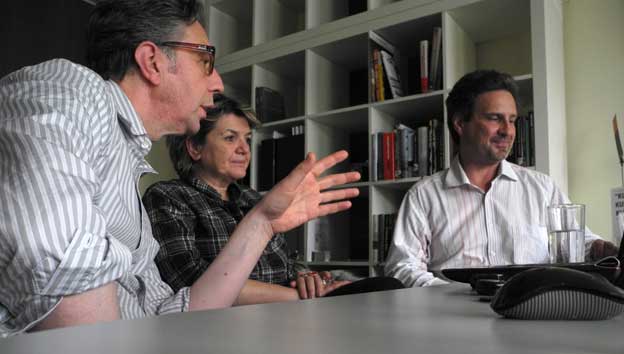
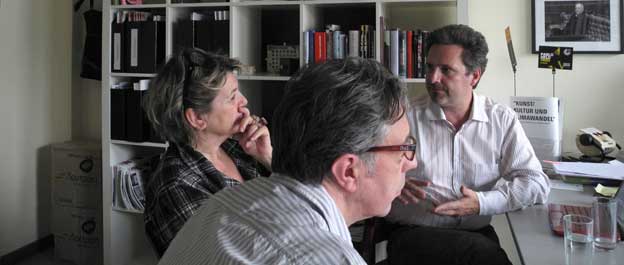
Goethe-Institut is a non-profit German cultural institution operational worldwide, promoting the study of the German language abroad and encouraging international cultural exchange and relations. The Goethe-Institut also fosters knowledge about Germany by providing information on German culture, society and politics. This includes not only the exchange of films, music, theatre, literature, and the like, but also the values of civil society. Goethe cultural societies, reading rooms, and exam and language centers have played a central role in the cultural and educational policies of Germany for close to 60 years. It is named after German polymath Johann Wolfgang von Goethe. The Goethe-Institut draws its material from many sections of the cosmopolitan German society and culture, combining the experience and ideas of its partners with cross-cultural expertise, the principle of dialogue and partnership, offering support to all those actively involved with Germany and its language and culture. The Goethe-Institut e.V. is an autonomous body and politically independent.
![]()
RITC.S [Royal Institute for Theatre, Cinema and Sound - Brussels Belgium].
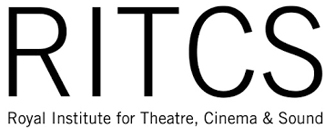
RITC.S is located in the bustling heart of Brussels, nearby the Oude Graanmarkt in Antoine Dansaertstraat. It is the in-house movie theatre of the RITC.S School of Arts, and the ultimate meeting place for true film aficionados. Equipped with the newest digital projection technology and a seven meter wide screen, it offers 125 comfortable cinema seats that provide a first-class experience of the fascinating world of the moving image. Most of our screenings are aptly introduced by film experts: RITC.S School of Arts teaching staff, film makers, critics and other renowned national and international guest speakers. Cinema RITC.S is truly the place to be for all those who share our passion for the big screen.
![]()
Accademia Dantesca Jahnishausen [ Jahnishausen Germany].

.jpg)
The cultural association Accademia Dantesca Jahnishausen was founded in 2003. The name refers to King Johann of Saxony, who has translated Dante's Divine Comedy in Castle Jahnishausen. The King founded a group of artists, writers and experts, called the Accademia Dantesca, to discuss the work of Dante and to collaborate on an interdisciplinary way on this project. Famous member were for example Carl Gustav Carus and Ludwig Tieck. The contemporary Accademica wants to restore this culture of dialogue with interdisciplinary meetings in the castle Jahnishausen. Goal is to iniate event linking the arts, culture and environment, as well working on the conservation and restoration of Castle Jahnishausen. The castle will be a meeting place between artists, cultural experts and ecological and environmental workers and act as an interdisciplinary center with projects open to participation for a large public.
http://www.a-d-j.de/
![]()
Museu da Imagem [Braga Portugal].
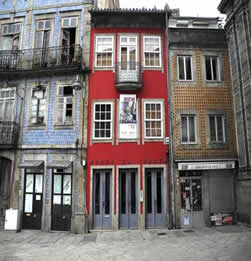
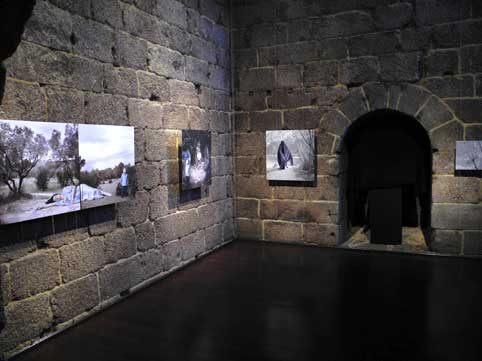
Museu da Imagem. A museum dedicated to photography with temporary exhibitions of contemporary European photography and a permanent collection. This collection, historical and contemporary, is one of the largest and most important in Portugal. http://museudaimagem.blogspot.com/ Encontros da Imagem Braga (Portugal) / since 1987 organizer of the largest festival of photography in Portugal and of international seminars, conferences and workshops of photography, digital and new media. The festival integrates as well other types of visual arts and seeks a continuous interaction with with the city and its inhabitants. In 2010 the organization founded for this reason the interdisciplinary school GARE to stimulate the relation between city, public space and artists. Both organisations intend to construct a structural cooperation with the Milena principle.
http://encontrosdaimagem.com/
![]()
S.M.A.K. [Museum of Contemporary Art, Ghent Belgium].

The Municipal Museum for Contemporary Art in Ghent is a relatively new museum, founded in 2001, located in Ghent, Belgium, and is renowned both for its permanent collection and for its provocative exhibitions. The museum is famous in Europe for its artistic projects in the public space. The museum has a strong expertise and experience in the field of interaction with and participation with the visitors.
www.smak.be
![]()
Noguiera da Silva Museum [ Braga ⋈ Portugal].
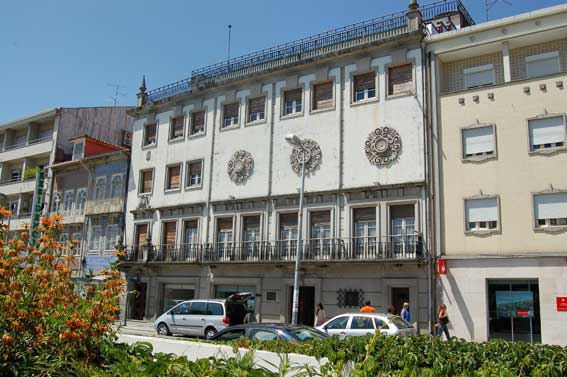
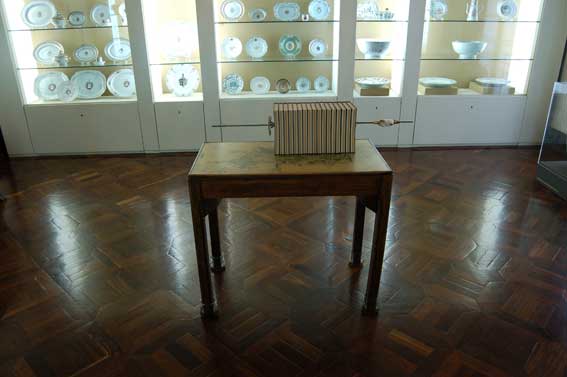
The museum consists of the legacy bequeathed by the entrepreneur Nogueira da Silva to the University of Minho. In his philanthropic activity and enthusiasm for antiques and works of art, he accumulated an invaluable collection which included many rare pieces of furniture, paintings, and sculptures from various periods and styles. The museum comprises significant renaissance pieces, Portuguese painting, 17th furniture, ceramics and creations in ivory, silver and religious art. The museum organises exhibitions of international contemporary art. http://www.mns.uminho.pt
![]()
MARCO [Museum of Contemporary Art ⋈ Vigo Spain].
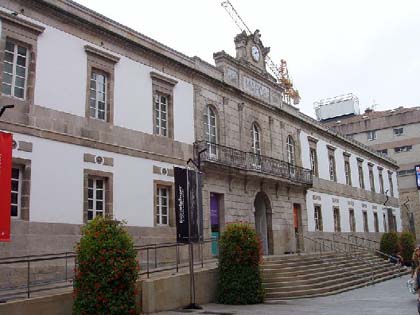
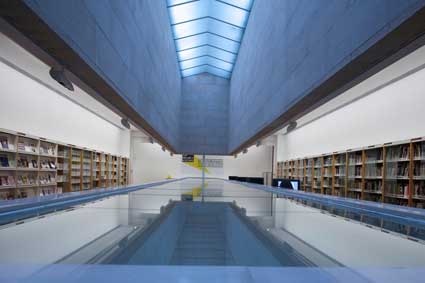
One of the most important museums of contemporary art in Spain, founded in 2002. It is not only a museum but as well a centre wich encourages contemporary cultural activities, including international exhibitions and interdisciplinary activities. It has a dynamic program, looking for an extensive participation of the visitors and the inhabitants. . The museum engages itself to support this and future projects of the Milena principle and to work together.
http://www.marcovigo.com/
![]()

![]()
Cultural Complex of the Republic [Brasilia Brazil].
The Complexo Cultural da República is formed by the National Library of Brasília and the National Museum of the Republic. The National Library of Brasília (Biblioteca Nacional de Brasília in Portuguese) occupies an area of 14,000 m2. The library is one of the most modern in South America, concentrates on the digital cultural heritage of country, and develops innovative projects including interdisciplinary approaches to art, new media and technology. The National Museum of the Republic (Museu Nacional da República) consists of a 14,500 m2 exhibit area, two 780-seat auditoriums, and a laboratory. The space is mainly used to display temporary exhibits of contemporary art. The institution invited the Milena principle to develop and curate art projects in a durable cooperation which will start at BIP 2 2011, the biennal of poetry and visual arts , one of the largest of its kind in South America, with exhibitions in the major museums of the city and in the public space.
![]()
ECCO [Espaço Cultural Contemporanea ⋈ Brasilia Brazil].

The Brasilian Centre for Contemporary Art (ECCO) was established in 2000, and is dedicated to contemporary art and art-education. It houses activities in three galleries, a shop, a bookstore, a library and a restaurant. It has a policy to set up a collection of works of contemporary art, and the centre is the nucleus for a city museum of contemporary art which will be realized in the near future. The centre has a close cooporation with the UnB, University of Brasilia and has an unique reputation related to innovative art educative approaches and projects which are developed in cooporation with major universities and cultural Institutions in Brazil and abroad. The Milena principle is engaged in developing art projects and art educative projects for this centre, in a dialogue with the UnB, University of Brasilia.
www.ecco.com.br
![]()
Biscainhos Museum [ José Da Costa Reis ⋈ Braga Portugal].
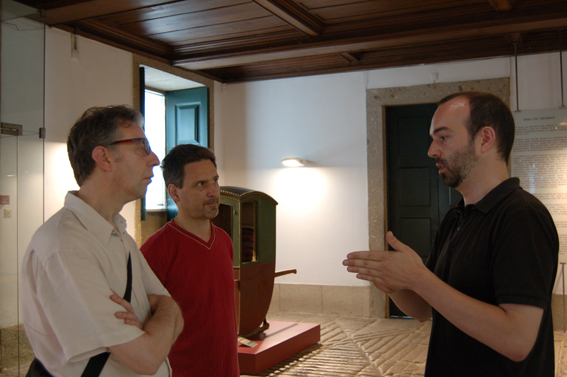
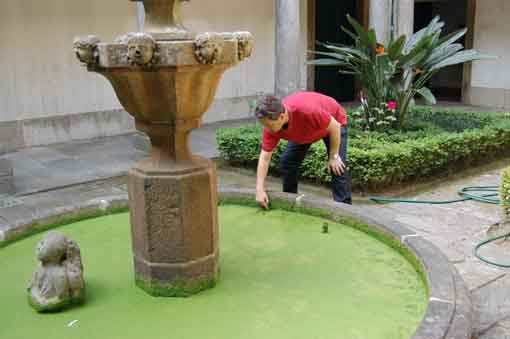
The Museu occupies the Palácio dos Biscaínhos, former residence of an aristocratic family, was founded in the 17th century. Gardens that spread out into areas of orchards and gardens complement the house. The museum is a model of a noble house from the Baroque period and is an example of the lifestyle of an aristocratic family. The museum's collection is primarily made up of donations by private parties and includes collections of Decorative Arts, Architecture, Painting, Sculpture, Ethnography and Archaeology. Director José Da Costa Reis invited the Milena principle to work together on a regular base. Making exhibitions of modern art in the splendid settings of the museum.
![]()
the Convent of Tibães [Mire de Tibães ⋈ Portugal].
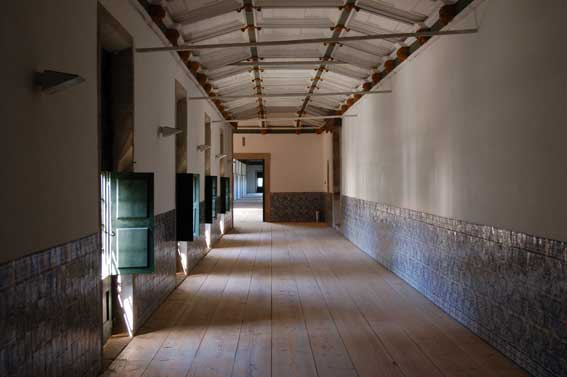
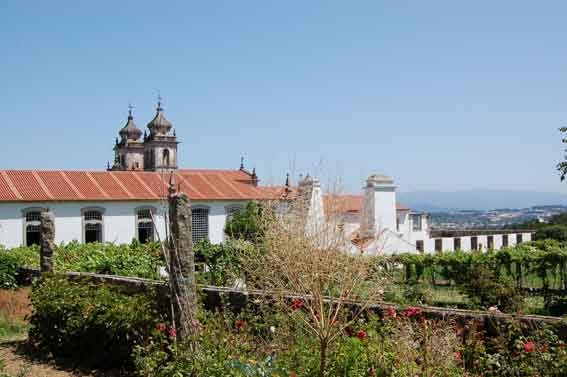
Monastery of São Martinho in Tibães [Portuguese: Mosteiro de São Martinho de Tibães] is a monastery situated in the parish of Mire de Tibães, near Braga. It was the mother house of the Benedictine order in Portugal and Brazil, and it is famous for the exuberant Rococo decoration of its church. In 1986 the Monastery became a State property and an extensive recovery project was started that continues to this day. A national cultural centre for dialogue between art, culture and ecology in the restored and modernized (end of the works) were in 2010) 17th and 18yth century buildings of the Monastery with a large garden and a surrounding nature area belonging to the centre . The art and culture centre is considered as one of the most prestigious cultural projects of the Portuguese government. The monastery provides us its extensive exhibition facilities, ateliers, conference- and meeting-rooms (over 50 individual spaces), an office and full support of their artistic and educative team for this and future projects.
http://www.mosteirodetibaes.org/
![]()
ASFA [Art school Athens Greece].
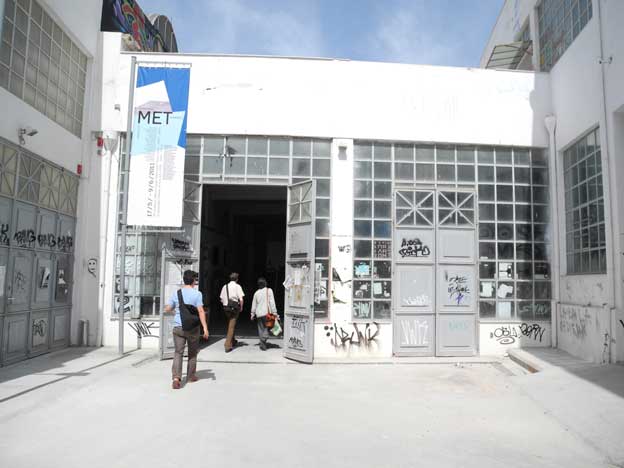
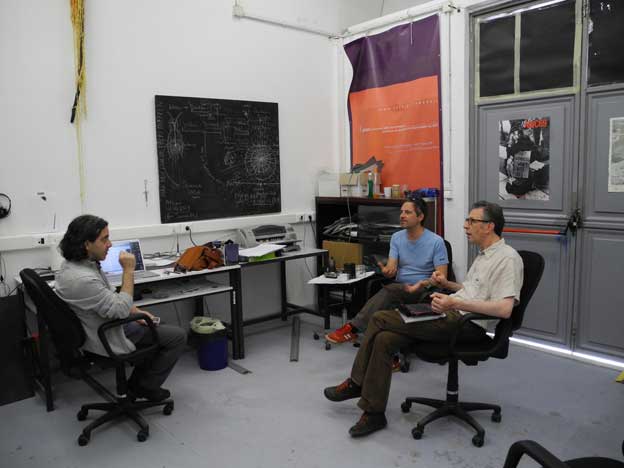
The Athens School of Fine Arts, is Greece's premier art school whose main objective is to develop the artistic talents of its students. Athens School of Fine Arts was established on 12 January 1837, known as the School for the Arts. In the beginning the School of Arts included three departments: the Crafts' School (part-time school), Industrial Crafts' School (full-time school) and Fine Arts School (full-time higher education). The third department was the real ancestor of today’s School of Fine Arts and began to function as a daily school in 1840. In this department subjects like painting, sculpture,architecture, lithography, woodcut, geometry and cartography were taught. The same year Duchess of Plaisance who lived in Greece contributed in upgrading the school. She enriched the school's program with new types of painting lessons and called the French painter Bonirote (one of Jean Auguste Dominique Ingres's students) in order to teach oil painting courses. Bonirote was a teacher there until 1843. In 1843 with royal decree School of Fine Arts was promoted in a five-year study Higher Education School. Director of the School was the famous architect Lissandros Kautantzoglou. During the period 1844–1862 the studies' program was influenced by Europe's Academies of Fine Arts which taught neoclassicism. Some of the great students of this period finally became teachers in the school. Some of them are Nikiphoros Lytrasand Nicholaos Gysis. In 1872, after a donation of George Averoff, a new building inPatission Avenue road was constructed that was later named National Technical University of Athens.
http://www.asfa.gr/
![]()
![]()
![]()







